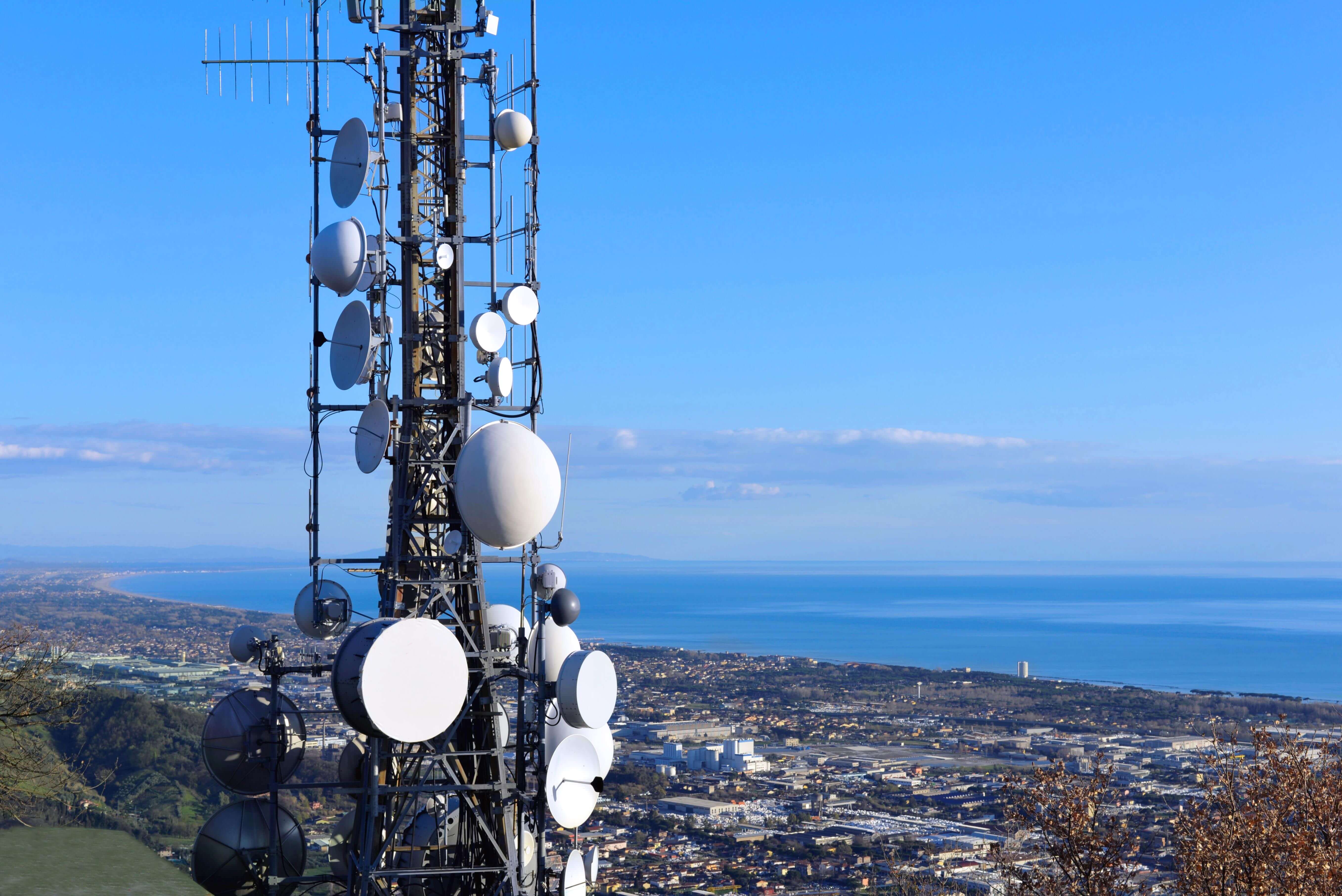If you've ever wandered through a city and spotted tiny 5G cell towers on street light poles. They look like little boxes, but they're actually broadcasting wireless signals from cell phone providers to your phone.
They are replacing larger specially-designed cell towers. Although they're not as visible, they still can create problems for those who live nearby.
It is the of the FCC's Radiation Exposure Thresholds
The FCC's Radiation Exposure Thresholds determine the maximum amount of time one can expose to electromagnetic energy from wireless devices. The limits for exposure are based upon scientific research which prove that electromagnetic energy can be harmful to human health.
The specific absorption rate (SAR) is an indicator of the amount of radiofrequency energy absorption by tissues. It's usually 1.6 milliwatts per kilogram spread over a kilogram of tissue.
Since 5g is able to transmit at higher frequencies and has the potential to increase the intensity of energy on the skin and other directly-exposed body areas. what is a safe distance from a 5g cell tower can result in various potential problems, including an increased the development of skin conditions such as dermatitis, skin cancer and cataracts.
Because of the potentially severe effects of 5g radiation, PSU has chosen to establish a general, localized power density limit of 4 mW/cm2 based on the average on 1cm2, and not to exceed 30 minutes, for all 5G services running at 3000 GHz. This localized limit is in accordance with the highest SAR that is spatially averaged at 1.6 W/kg averaged over 1 g of tissue at 6 GHz.
The FCC's Maximum Exposure Thresholds for Maximum Exposure
If you've ever used a mobile phone, then you've probably realized that the safest location from the tower should be at least 400 meters away. This is because the transmitting power of the cell tower is significantly increased the further away you are from it.

While this sounds like a good idea however, people living in close proximity to towers could be more susceptible to health problems. For instance, a 2014 study in India found that those who lived within 50m of cell towers had significant more health issues than those who lived farther distance from them.
safe distance from cell tower showed that residents who moved to areas further away from cell towers experienced their symptoms return to normal within a couple of days. Studies have also shown that exposure to high levels of radiofrequency electromagnetic fields (EMFs) could cause brain tumors, cancers as well as other health issues.
This is because RF radiation, which is used in wireless communication, can penetrate the human body's outer layer, the skin. This is important to understand because the skin acts as a protective barrier against injury to the body, infection from pathogenic microorganisms, as well as the entry of harmful substances. It is also the largest organ in the human body, and is accountable for protecting other organs.
The FCC's Minimum Exposure Thresholds for the Minimum Exposure
The FCC's Minimum Exposition Thresholds are based upon various assumptions that aren't supported by scientific evidence. They include the incorrect assumption that short-term exposures to RF radiation are safe because of the minimal absorption into body (i.e. the heating of tissues).
This also overlooks the greater penetration of ELF components of modulated RF signals and the effect of brief bursts of heat generated by RF waves that are pulsed. These assumptions are not in line with the current understanding of biological consequences of RF radiation, and thus, they should not be used for health protective exposure guidelines.
Additionally there is the fact that both ICNIRP and FCC limit the maximum limits of exposure to peak local SARs that are based on the peak frequency of absorption (psSAR) which is not a reliable dosimetric instrument to assess the amount of exposure to radiofrequency radiation. In http://www.med.alexu.edu.eg/ssc/members/lilacferry93/activity/1319799/ is inconclusive when frequencies exceed 6 GHz. In addition, psSAR is not been evaluated for RF radiation with co-exposure to other environmental agents , such as sunlight. In the event of interactions, RF radiation and other agents in the environment could cause synergistic or antagonistic effects. This can lead to the risk of having adverse health effects. For example, exposure to RF radiation with sunlight may cause an increase in the incidence of skin cancer and exacerbate other skin conditions like acne.
